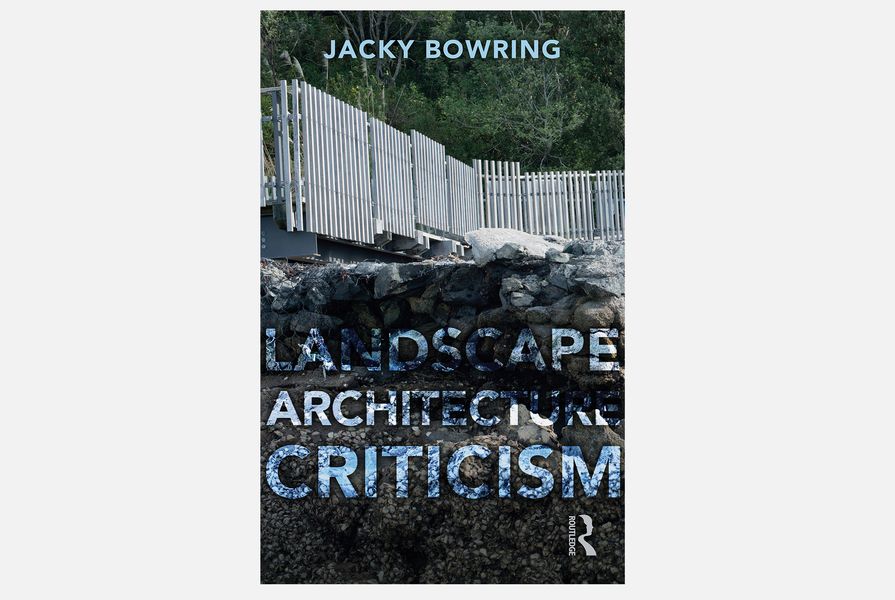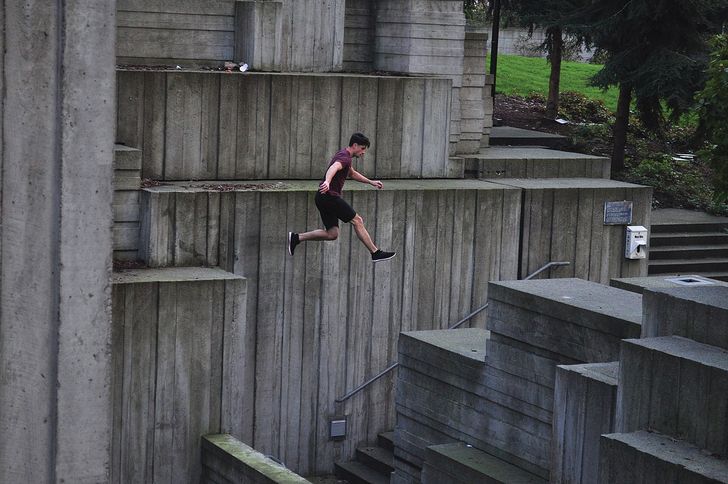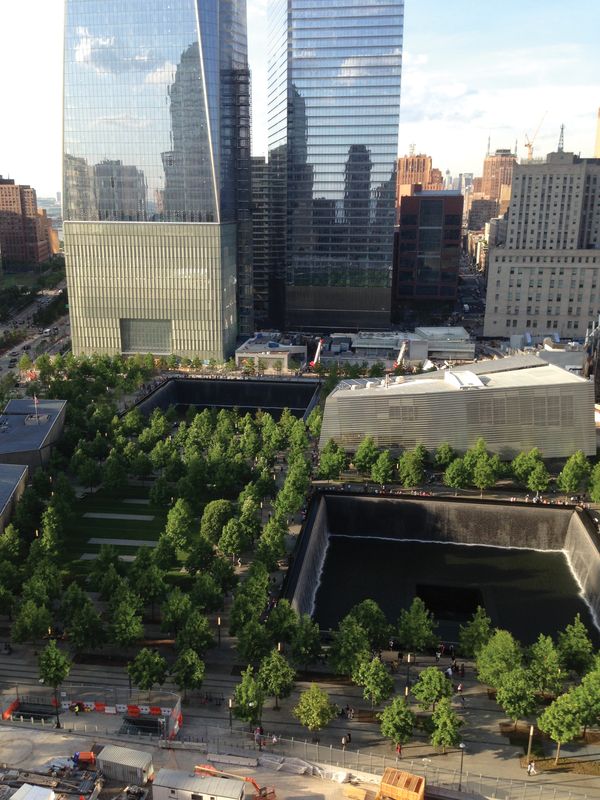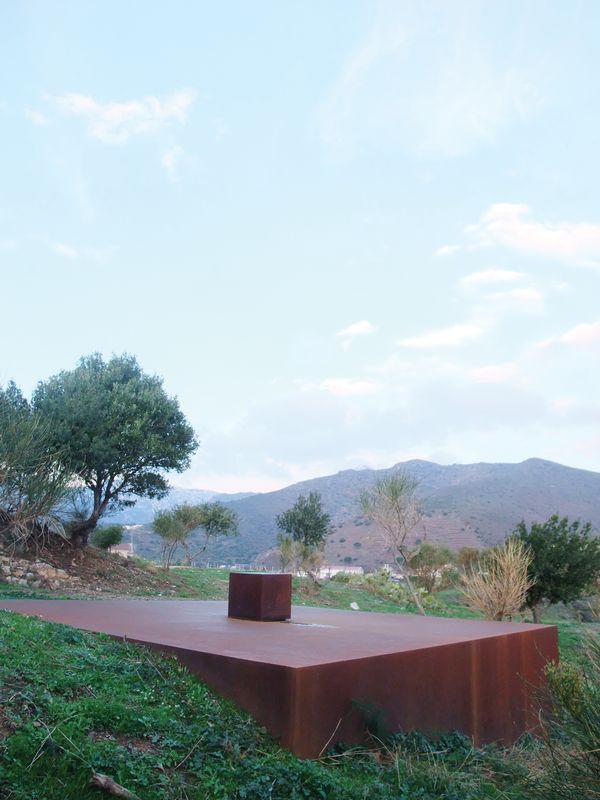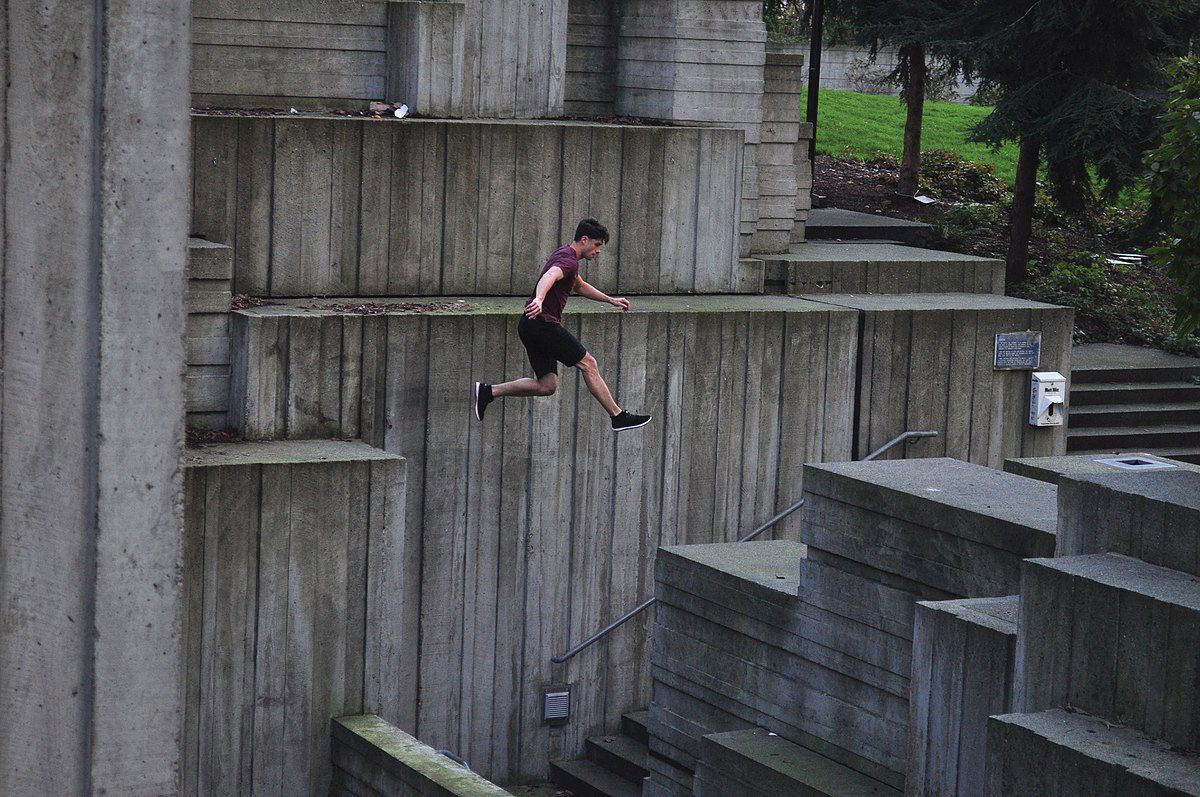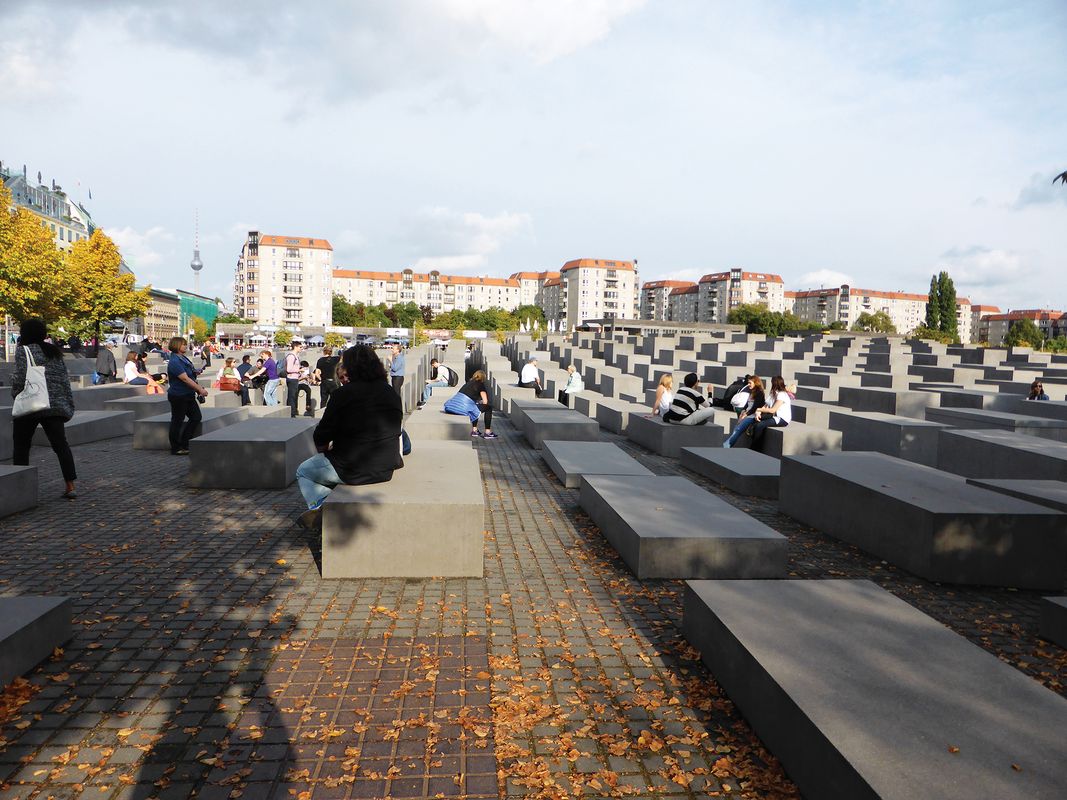New Zealand-based Jacky Bowring will be well known to landscape architects and others for her regular appearances at landscape conferences and her quite different books: A Field Guide to Melancholy (2008), and Melancholy and the Landscape: Locating Sadness, Memory and Reflection in the Landscape (2016). Behind the scenes, she has made an important contribution as a long-time editor of journal Landscape Review. Her new book Landscape Architecture Criticism brings the long-overdue consideration of landscape criticism to the fore. Landscape architecture’s weak theoretical underpinnings and immature critical culture is often explained away as a result of the profession’s relative youth. This book seeks to address this lack. If we do not critically write and review our profession, can we expect others to? As Bowring suggests, “Landscape architecture criticism needs more – and more diverse – voices. Practical skills in evaluation, as well as dexterity in philosophical, intellectual, and lyrical criticism must be fostered.”
Following chapters on the history of, and motivations for, landscape criticism Bowring suggests five theoretical lenses: “Art and Aesthetics,” “Meaning and Politics,” “Experience and Emotion,” “Context and Function” and “Performance.” This is in keeping with Bowring’s claim that criticism “needs both a purpose and a theoretical position.”
Passages, a memorial for Walter Benjamin by Dani Karavan in Portbou, Spain, completed 1994.
Image: Jacky Bowring
Perhaps these are familiar categories, but foregrounding explicit approaches and their priorities is helpful. For example, a functional perspective that uses crime prevention through environmental design (CPTED) principles encourages and validates something quite different about design achievement compared to a perspective that aims to elucidate the subjective experience of ephemeral landscape qualities. An acknowledged point of view is more important than ever in an age that asks even the “woke” to question the conditions of their self-congratulatory awareness. Should writers clarify and commit to the insights possible from one well-focused point of view? Or should they untangle the possibilities available by taking and weighing multiple theoretical positions?
Later in the book, Bowring moves from discussion of more obvious text-based critical reviews to critical engagement with drawings, simulations and representations and finally hybrid practices or more experimental or uncommon modes. While in literature these mixed methods of criticism are not novel approaches, they are yet to be regularly seen in landscape architecture criticism. The Journal of Landscape Architecture (JOLA) is an exemplary exception. Approaches such as fictocriticism, the role of the hyperreal simulation and even the demolition of predesigned landscapes are raised for consideration as practices of landscape architecture criticism, including where drawings and representations are themselves criticism.
Bowring sees and advocates for the widest possible application of criticism. She looks not just for better straightforward project review, but calls for more critical thinking and consideration in planning and design review and competition jury deliberations, including the contemplation of drawing and representations of unbuilt works.
A young man practises parkour in Freeway Park, Seattle, Washington, 2018.
Image: Joe Mabel CC BY-SA 4.0
The book is hugely helpful for academics and students of landscape architecture. Remembering that we were all students once and that students become practitioners, there is hope that graduates better trained in critical thinking will evolve to be more critical professionals, contributing more effectively to improving our built environment. The book should be of interest to practitioners and designers hoping to enhance the way they look at their work and the work of others.
As expected, the text draws on the author’s own expertise in critical commentary, but Bowring liberally cites others. This wealth of critique is refreshing given our too readily available online diet of flattering descriptions prepared for self-promotion. The book quotes from well-known theorists including Clare Cooper Marcus, Susan Herrington, James Corner, Marc Treib, Elizabeth Meyer and Joan Nassauer. Closer to home, Jillian Walliss and Naomi Stead are included. Bowring also references significant debates around Jacob Javits Plaza in Manhattan, a highly contested site where debate raged over Richard Serra’s mammoth Corten steel sculpture Tilted Arc through the 1980s. She explores the subsequent discussion around a short-lived scheme for the plaza by landscape architect Martha Schwartz and the current design by Michael Van Valkenburgh Associates. These are presented as examples of the contrasting approaches and positions that can be taken by reviews of the same site over time. Refreshingly, lesser-known examples from New Zealand are also used.
The important role for reviews of competitions – such as those held for Paris’s Parc de la Villette and Toronto’s Downsview Park – in provoking debate are also discussed. For students, this book provides an introduction to these and other seminal characters and projects. Examples of longer pieces of writing or short bibliographies are helpfully “boxed out” at the end of each chapter. These can serve as ready reading lists for tutorial discussions, with examples of each type of criticism listed for the reader to follow up.
The 9/11 Memorial in New York by Michael Arad and Peter Walker, completed 2011.
Image: Jacky Bowring
Despite familiarity with the projects and the debates, what seasoned landscape architects may enjoy is the way Bowring uses these to organize her points in a bigger scheme of critical commentary. She has created categories that structure the chapters, opening options for writers and readers, not just about what to say but about how to position yourself to say it.
There is a whole chapter devoted to critique of unbuilt work. Perhaps criticism here offers the best opportunity to advance the profession, before construction begins. It suggests opportunities and approaches for practices to review their work early and avoid the traps of house style or stagnation. For educators, this chapter is also potentially very useful in the design studio.
If an outcome of this publication is that we see a greater variety of more carefully informed criticism, Bowring will have made a worthy contribution.
Landscape Architecture Criticism. Jacky Bowring, Routledge, 2020.

